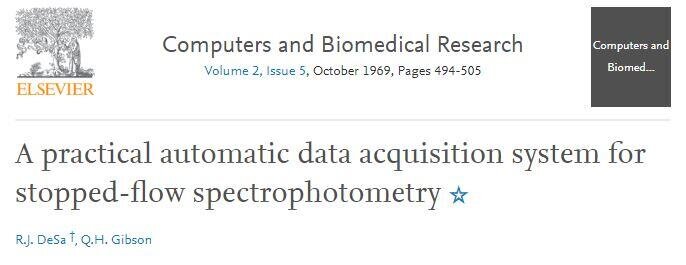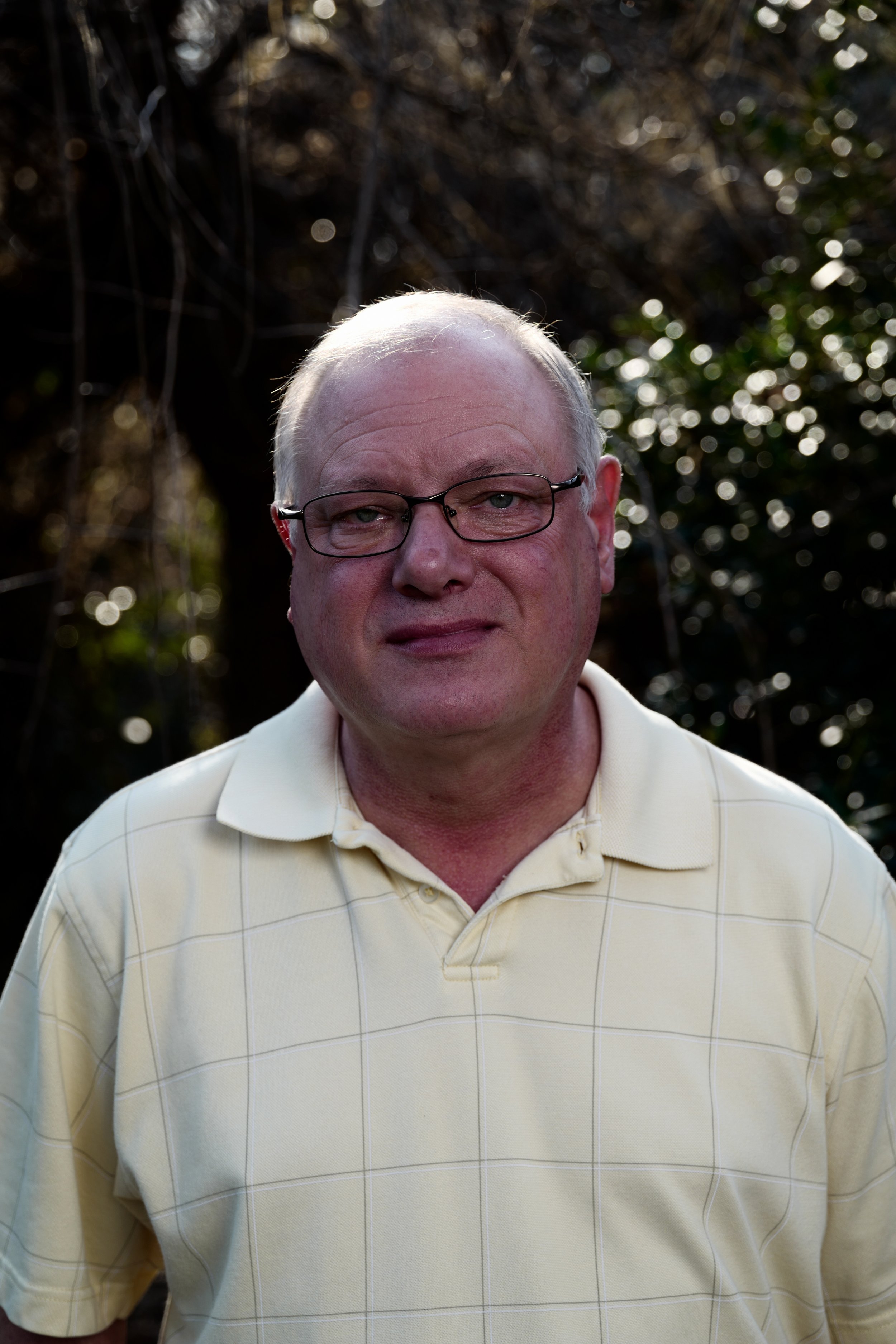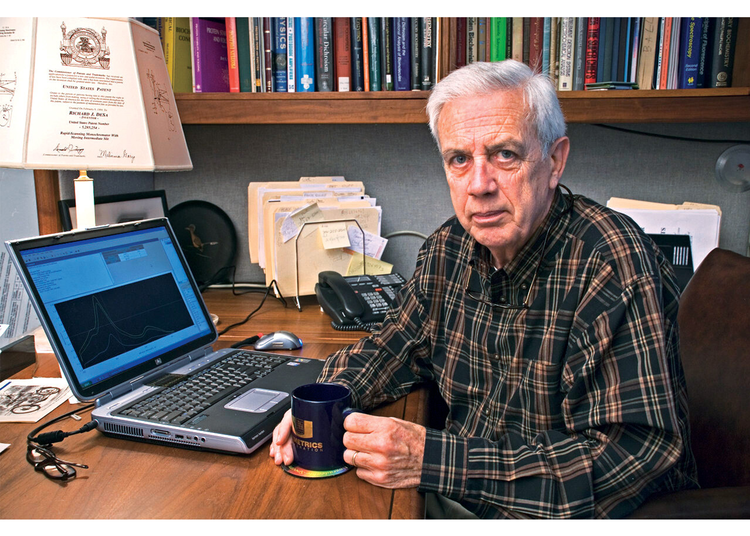Circularly Polarized Luminescence Can Be Fun For Anyone
Circularly Polarized Luminescence Can Be Fun For Anyone
Blog Article
Not known Facts About Circularly Polarized Luminescence
Table of ContentsCircular Dichroism - An OverviewWhat Does Uv/vis/nir Do?The Best Guide To Circularly Polarized LuminescenceThings about SpectrophotometersUv/vis/nir for Dummies

Spectrophotometry is a tool that hinges on the quantitative analysis of particles depending on how much light is taken in by colored substances.
The Best Strategy To Use For Circularly Polarized Luminescence
A spectrophotometer is frequently used for the measurement of transmittance or reflectance of options, transparent or opaque solids, such as refined glass, or gases. Numerous biochemicals are colored, as in, they soak up noticeable light and for that reason can be determined by colorimetric treatments, even colorless biochemicals can typically be converted to colored compounds suitable for chromogenic color-forming responses to yield compounds ideal for colorimetric analysis.: 65 However, they can also be designed to determine the diffusivity on any of the noted light varieties that typically cover around 2002500 nm using different controls and calibrations.
An example of an experiment in which spectrophotometry is utilized is the determination of the stability constant of a service. A particular chemical reaction within an option may happen in a forward and reverse instructions, where reactants form products and products break down into reactants. Eventually, this chain reaction will reach a point of balance called a balance point.
About Uv/vis
The quantity of light that goes through the service is a sign of the concentration of certain chemicals that do not permit light to pass through. The absorption of light is because of the interaction of light with the electronic and vibrational modes of molecules. Each type of molecule has a private set of energy levels associated with the makeup of its chemical bonds and nuclei and hence will soak up light of specific wavelengths, or energies, leading to special spectral residential or commercial properties.
Using spectrophotometers spans different clinical fields, such as physics, products science, chemistry, biochemistry. UV/Vis/NIR, chemical engineering, and molecular biology. They are extensively used in numerous markets including semiconductors, laser and optical manufacturing, printing and forensic assessment, as well as in laboratories for the research study of chemical compounds. Spectrophotometry is often used in measurements of enzyme activities, determinations of protein concentrations, decisions of enzymatic kinetic constants, and measurements of ligand binding reactions.: 65 Ultimately, a spectrophotometer has the ability to figure out, depending on the control or calibration, what compounds exist in a target and precisely just how much through calculations of observed wavelengths.
Invented by Arnold O. Beckman in 1940 [], the spectrophotometer was developed with the aid of his associates at his company National Technical Laboratories founded in 1935 which would end up being Beckman Instrument Business and eventually Beckman Coulter. This would come as a solution to the previously produced spectrophotometers which were unable to soak up the ultraviolet correctly.
Things about Circular Dichroism
It would be discovered that this did not provide acceptable outcomes, therefore in Model B, there was a shift from a glass to a quartz prism which allowed for better absorbance outcomes - UV/Vis (https://www.wattpad.com/user/olisclarity1). From there, Design C was born with a modification to the wavelength resolution which wound up having three systems of it produced
It irradiates the sample with polychromatic light which the sample absorbs depending upon its residential or commercial properties. It is sent back by grating the photodiode variety which finds the wavelength region of the spectrum. Considering that then, the production and application of spectrophotometry gadgets has increased immensely and has actually become one of the most innovative instruments of our time.

A Biased View of Circularly Polarized Luminescence
The grating can either be movable or fixed.
In such systems, the grating is fixed and the intensity of each wavelength of light is determined by a various detector in the range. Additionally, most modern mid-infrared spectrophotometers utilize a Fourier change strategy to obtain the spectral info - https://visual.ly/users/julieanndesalorenz30606/portfolio. This method is called Fourier change infrared spectroscopy. When making transmission measurements, the spectrophotometer quantitatively compares the portion of light that passes through a reference option and a test option, then digitally compares the strengths of the 2 signals and calculates the portion of transmission of the sample compared to the referral standard.

Report this page